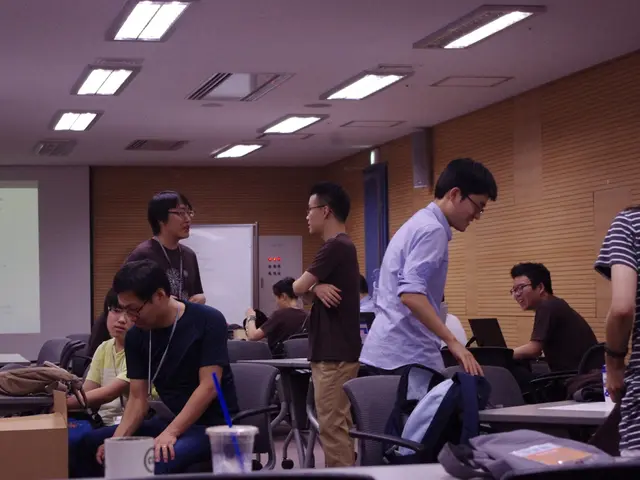Community Radio in India: A Vital Tool for Rural Empowerment
Community radio in India plays a pivotal role in serving rural communities, often overlooked by mainstream services. It adopts two key approaches: information-based broadcasting and listener participation. The Supreme Court's 1995 judgement declared airwaves as public property, paving the way for community radio's growth.
Community radio caters to the unique needs of rural India, including vernacular language requirements. It promotes values, access to education, and communicates government policies, thereby strengthening the 'Right to Freedom of Speech and Expression'.
The current licensing process for community radio services is lengthy and bureaucratic. To address this, decentralising the regulatory process and empowering states is proposed. Organizations like the Union of Associative and Community Radio Stations (URAC) work at the state level, planning consultations with decision-makers to enhance the sector. Suggestions include increased stakeholder engagement and upgrading the status of community radio stations.
Community radio's impact extends to poverty and illiteracy eradication, employment, and social upliftment. It also preserves ethnic languages and cultures by covering more than local news and entertainment.
Community radio in India serves as a vital tool for rural communities, promoting access to information, education, and cultural preservation. Despite challenges in the licensing process, efforts are underway to improve the sector's spread and effectiveness, further empowering rural communities.





